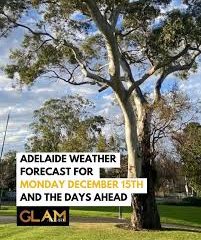Understanding Met Office Weather Warnings: What You Need to Know
Introduction
Weather warnings issued by the Met Office play a crucial role in ensuring public safety across the United Kingdom. These warnings inform citizens about adverse weather conditions, allowing them to prepare and stay safe. With the increasing frequency of extreme weather events due to climate change, understanding the Met Office’s weather warnings has become more relevant than ever.
Types of Weather Warnings
The Met Office categorises weather warnings into three main levels: Yellow, Amber, and Red. Each colour signifies the severity of the weather conditions expected:
- Yellow Warning: Indicates that severe weather is possible. It warns the public to be aware of potential disruptions, but normal daily activities may continue.
- Amber Warning: Signals that significant weather is likely to cause disruptions and impacts on travel, power supplies, and other everyday activities. People are advised to take precautions.
- Red Warning: Issued when extreme weather is expected, likely to cause a risk to life or property. It signifies severe conditions that should be taken seriously, and the public should avoid unnecessary travel.
Recent Weather Events
The past few weeks have seen various weather warnings as the UK experienced a mix of heavy rain, strong winds, and potential flooding. In early October, the Met Office issued Amber and Yellow warnings across several regions, urging residents to prepare for possible disruptions from severe rainfall. The warnings were heeded as several areas reported flash flooding, prompting emergency services to respond quickly.
The Importance of Weather Warnings
Weather warnings are essential for ensuring public safety. They provide crucial information that helps individuals and businesses plan accordingly. Schools and local authorities rely on these warnings to make informed decisions on closures and event cancellations. Furthermore, they play a vital role in mitigating risks to life and property during extreme weather conditions.
Conclusion
As climate change continues to create unpredictable weather patterns, the significance of the Met Office’s weather warnings cannot be overstated. By staying informed and understanding the types of warnings, individuals can take proactive measures to ensure their safety. It is imperative for the public to pay attention to these warnings and act accordingly, as they are key tools in safeguarding lives and reducing the impact of severe weather across the UK.









